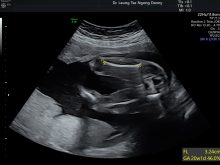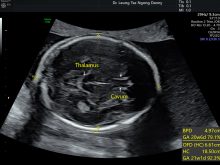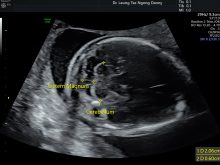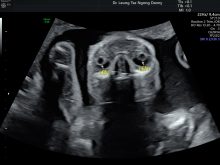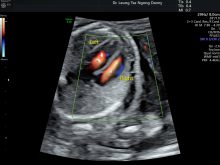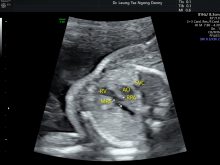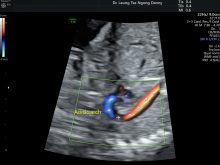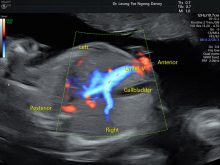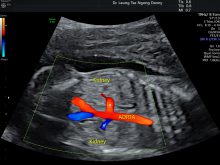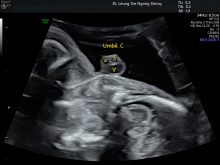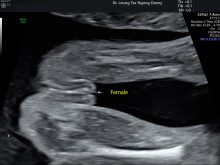1. What is fetal morphology scan ?
- A special ultrasound examination, aiming for a thorough check of the fetal structures;
- A small percentage of babies have structural malformation, in which case, it is important to find out before the babies are born;
- By knowing the abnormalities, prenatal diagnosis or exclusion for chromosomal or genetic aberration might be offered;
- The parents, the obstetricians and the paediatricians will be better prepared for the birth of these affected babies;
- For some major congenital defects, the parents might have the option of a termination of the pregnancy
2. What is the difference between a fetal morphology scan and the ordinary antenatal ultrasound?
- Ordinary antenatal ultrasound scans are commonly performed in the routine antenatal visits. The fetal size (see section on fetal biometry), heart pulsation, presentation, amniotic fluid volume and the placental site are usually checked;
- For a fetal morphology scan, apart from the above parameters, the fetal structures are carefully assessed. Structures that are commonly assessed during a morphology scan include: cranium, intracranial structures, orbits, lips, spine, heart, lung, diaphragm, abdomen including stomach, gall bladder, kidneys, urinary bladder, umbilical cord, limbs and fetal gender (see photos)
3. Is a morphology scan safe to the fetus?
It is safe to the fetus. Based on numerous follow-up studies on children who were scanned before birth, there is no evidence that in-utero exposure of antenatal ultrasound is associated with any undesirable biological effects.
4. When is the best timing for a fetal morphology scan?
- A routine fetal morphology scan is usually performed around 20 weeks of gestation. At this gestation, there are usually good views of the fetal parts;
- And if abnormality is picked up, there is time for counselling and also prenatal diagnosis by amniocentesis;
- Fetal structures might also be assessed earlier before 18 weeks of gestation (see the part on ‘Early fetal morphology scan’). However, the smaller fetal size in early gestation might make some complex structures such as the fetal heart more difficult to be adequately assessed;
- On the other hand, fetal morphology assessment at the late gestation such as after 28 weeks can also difficult because the fetal bony structures are mature, causing acoustic shadow on the internal organs. In addition, if it is scheduled after 24 weeks of gestation, termination of pregnancy is not permitted by law in Hong Kong even a major fetal defect is detected
5. What are the limitations of morphology scan?
- Not all congenital defects can be picked up on a fetal morphology scan. Approximately 70-80% of all congenital structural abnormalities can be picked up antenatally at ~20 weeks;
- The pick-up rate depends on a number of factors:
- (i) the extent and nature of the abnormality
- (ii) the fetal position during scanning
- (iii) the women’s factors such as thickness of the subcutaneous fat layer or presence of any surgical scar
- (iv) the quality of the ultrasound machine
- (v) the experience and training of the sonographer
6. Are there any roles of 3D/4D ultrasound in assessing the fetal structures?
- For a standard fetal morphology assessment, 2D ultrasound is already adequate and 3D/4D scan is not needed.
- Occasionally, 3D/4D scan might be useful in obtaining certain planes for assessment of the fetal structures and can be helpful when fetal abnormalities are suspected or picked up.
- The 3D ultrasound pictures may also help the family appreciate the extent of the defect.
- For most lay people, 3D/4D scan only refers to the 3D pictures of the fetal face. This is a pleasure scan but carries no added value in the detection of fetal abnormalities. Some couple might still want this as the 3D/4D images of the fetal face may enhance the bonding between the family and the unborn child.
- It is however important to realise that a good 3D/4D image of the fetal face is subjected to the fetal position and is not always possible to obtain


